11 Local Desserts You Shouldn’t Miss While Traveling Abroad
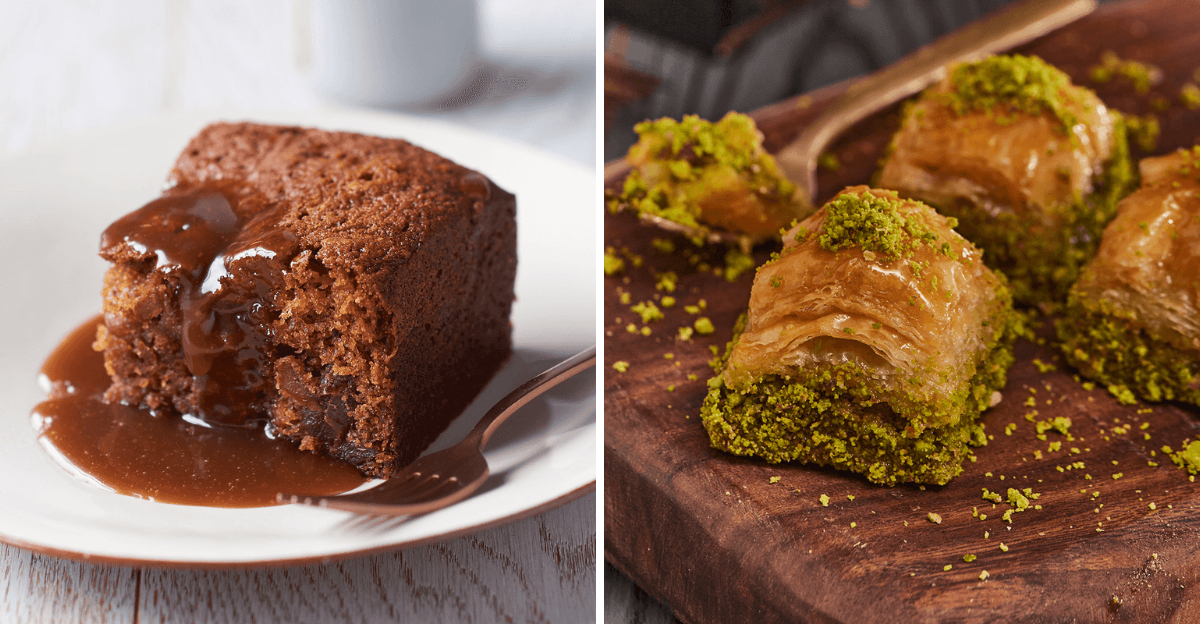
When traveling to new countries, trying local foods is one of the better way to experience different cultures. Sweet treats around the world show how each place has its own tasty traditions. From sticky rice desserts in Asia to honey-soaked pastries in the Middle East, these treats tell gentle stories about local ingredients and cooking methods that go back hundreds of years. They offer a simple and enjoyable glimpse into everyday life, making each bite a small, flavorful connection to the past.
1. Gulab Jamun from India
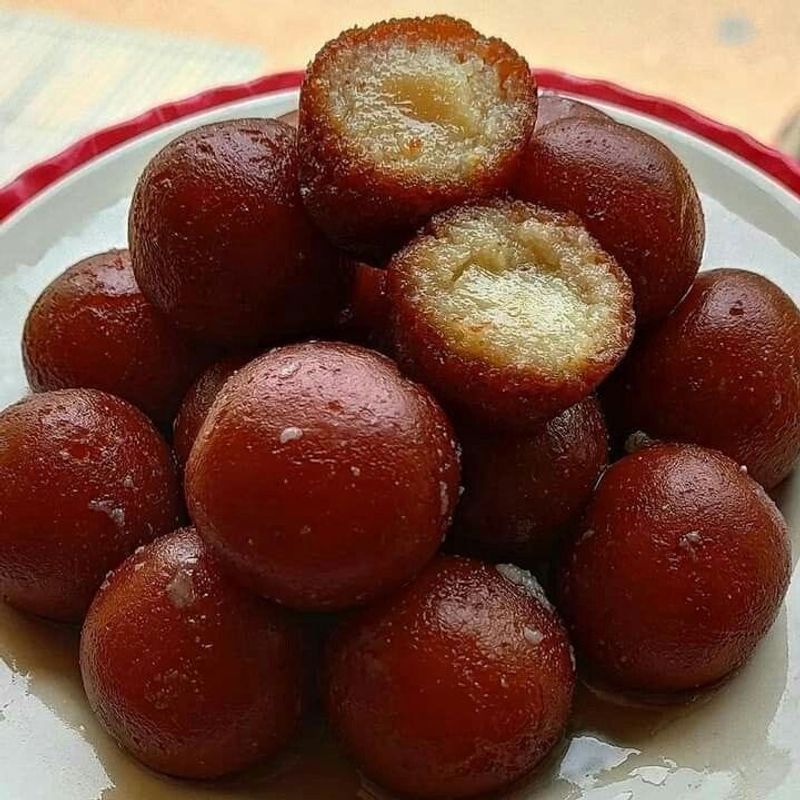
These brown milk solids are fried until they develop a crispy exterior, then soaked in rose-scented sugar syrup until they become soft and juicy. The name comes from ‘gulab’ meaning rose and ‘jamun’ referring to a purple fruit similar in size and shape. Indians often serve these sweet treats at family gatherings and important occasions. The syrup slowly absorbs into the fried dough balls, making them moist with a melt quality that’s hard to resist. Many regional variations exist across India, with some areas adding cardamom, saffron, or even stuffing them with nuts.
2. Crispy Cannoli from Sicily

Sicilian bakeries have been making these tube-shaped pastries since the Middle Ages. The crisp shells start as dough wrapped around metal tubes, then fried until bubbling and brown. When cooled, they’re filled with sweetened ricotta cheese mixed with tiny chocolate chips. What makes cannoli distinctive is the contrast between the crunchy exterior and the smooth, creamy filling. Some bakers add orange zest or pistachios to the filling for more flavor and texture. In Sicily, these treats are traditionally made during different occasions, but they’ve become so popular you can find them year-round.
3. Mexican Flan
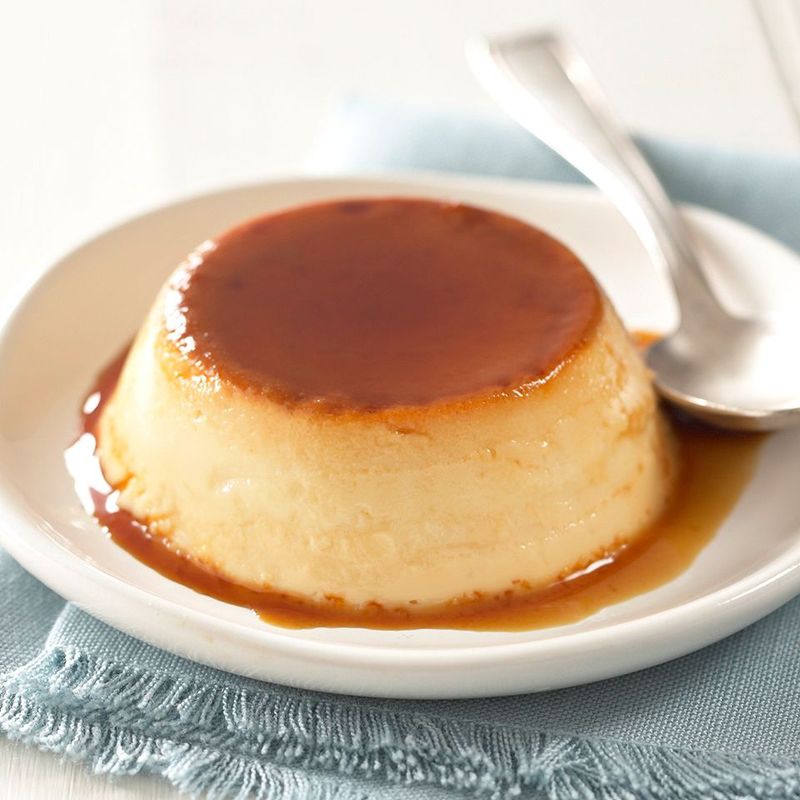
This smooth custard dessert showcases the culinary mix that defines Mexican cuisine. The base consists of eggs, milk, and sugar, cooked slowly until it reaches a silky consistency. What’s noticeable is the layer of caramelized sugar that forms a thin sauce on top when the flan is flipped onto a serving plate. Mexican families often add their own twist to this basic recipe. Some incorporate coconut milk or cinnamon for more flavor dimensions. The dessert’s origins trace back to Roman times, but it was Spanish colonizers who brought it to Mexico, where it evolved into the treat enjoyed today.
4. Japanese Mochi
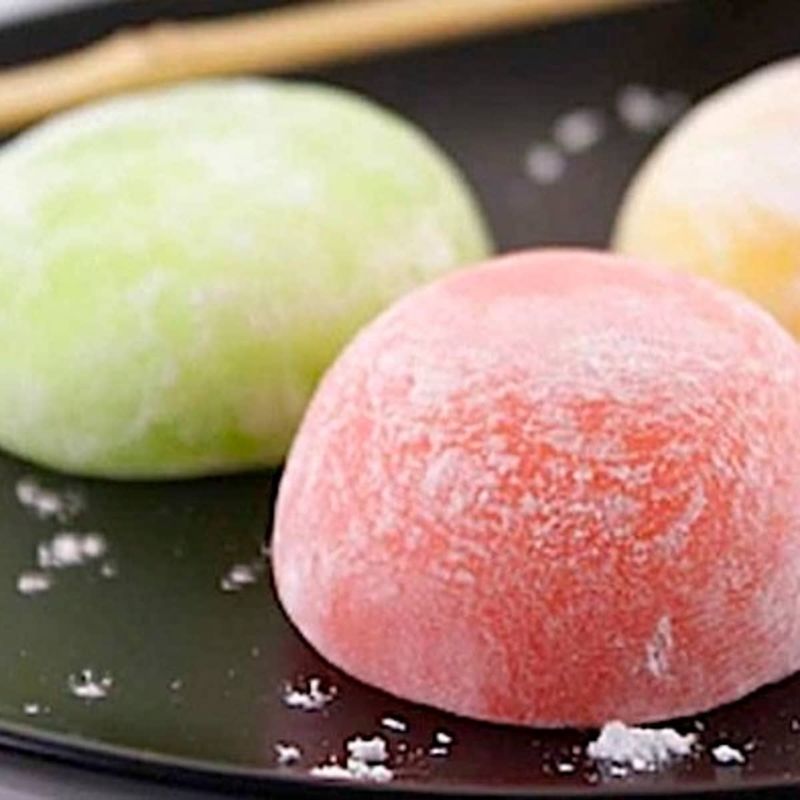
Made from glutinous rice pounded into a sticky paste, mochi has been part of Japanese cuisine for centuries. The rice is soaked overnight, steamed, and then pounded with wooden mallets. This process makes its signature chewy, elastic texture. Modern versions often contain sweet fillings like red bean paste or fruit. During Japanese gatherings, families eat soup containing mochi called ozoni. The texture might seem unusual to first-timers, but its mild sweetness and satisfying chewiness quickly become addictive. Just remember to take small bites as it easy to eat.
5. Portuguese Pastel de Nata
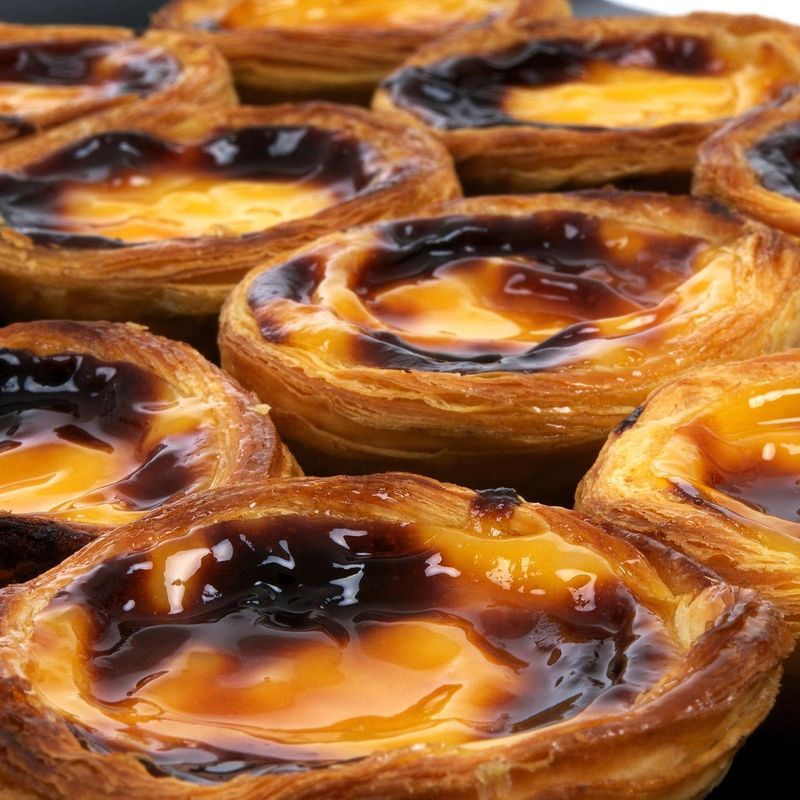
These small custard tarts originated in Lisbon’s Jerónimos Monastery during the 18th century. Monks used egg whites to starch their clothes and needed something to do with the leftover yolks – thus, these famous tarts were invented. The reason to their appeal lies in the contrast between the flaky, buttery pastry shell and the smooth, creamy egg custard filling. The tops are caramelized to create beautiful dark spots, and they’re typically dusted with cinnamon. Portuguese cafés serve these warm from the oven. The better way to enjoy them is with a strong coffee at a sidewalk café in Lisbon’s historic Belém district.
6. British Sticky Toffee Pudding
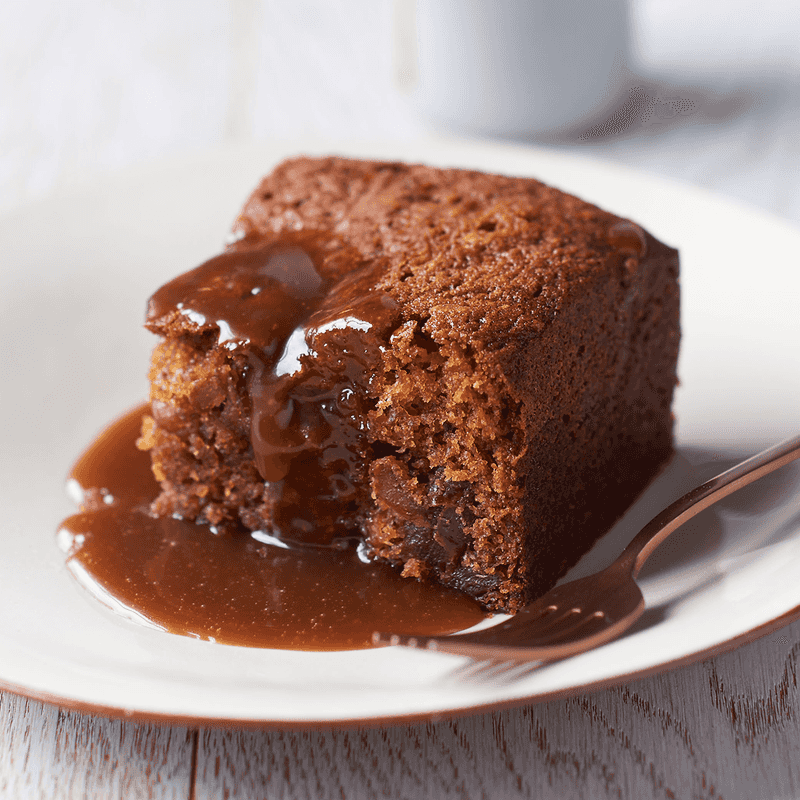
This comforting British dessert features a moist date sponge cake smothered in rich toffee sauce. The cake itself contains chopped dates that dissolve during baking, making pockets of moisture and natural sweetness throughout. Traditionally served hot with a scoop of cold ice cream, the contrast of temperatures makes bites an experience. The toffee sauce, made from butter, brown sugar, and heavy cream, soaks into the sponge and pools around it. Found in pubs across the British countryside, this warming dessert is especially popular during cold winter months when its rich flavors provide the comfort food experience.
7. Turkish Baklava
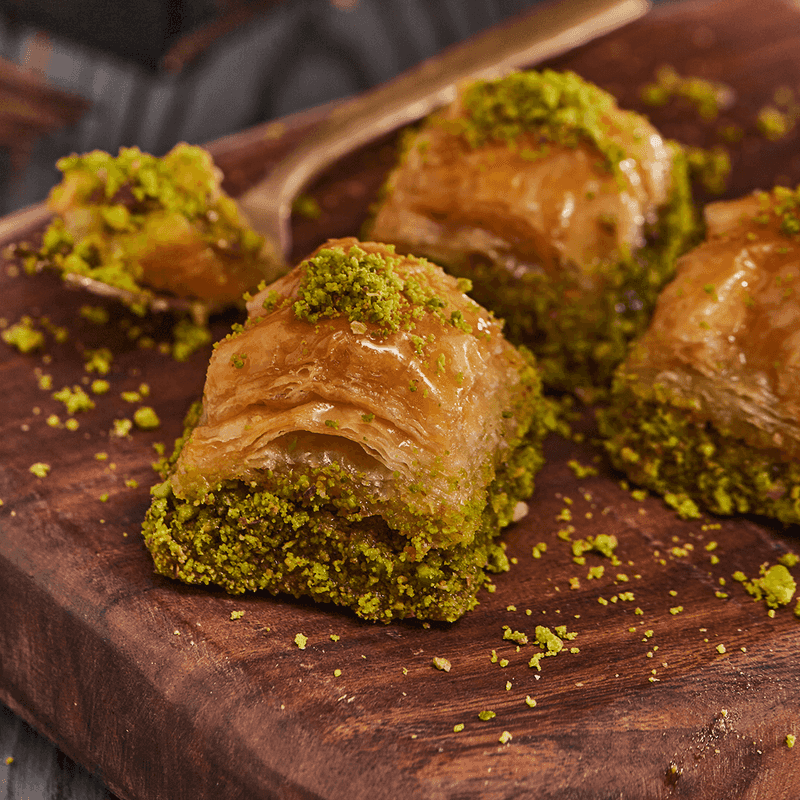
This Middle Eastern treat consists of dozens of paper-thin phyllo dough layers, brushed with melted butter. Between these delicate sheets, bakers sprinkle finely chopped pistachios, walnuts, or almonds. After baking, the pastry is soaked with honey syrup or sugar syrup infused with lemon or rose water. The result is a sweet that balances multiple textures: the crisp top layers, the soft middle, and the slightly chewy bottom soaked in syrup. Turkish baklava makers train for years to master the technique. Each region has its preferred nut filling and syrup recipe, making baklava a dessert with countless variations.
8. Italian Tiramisu
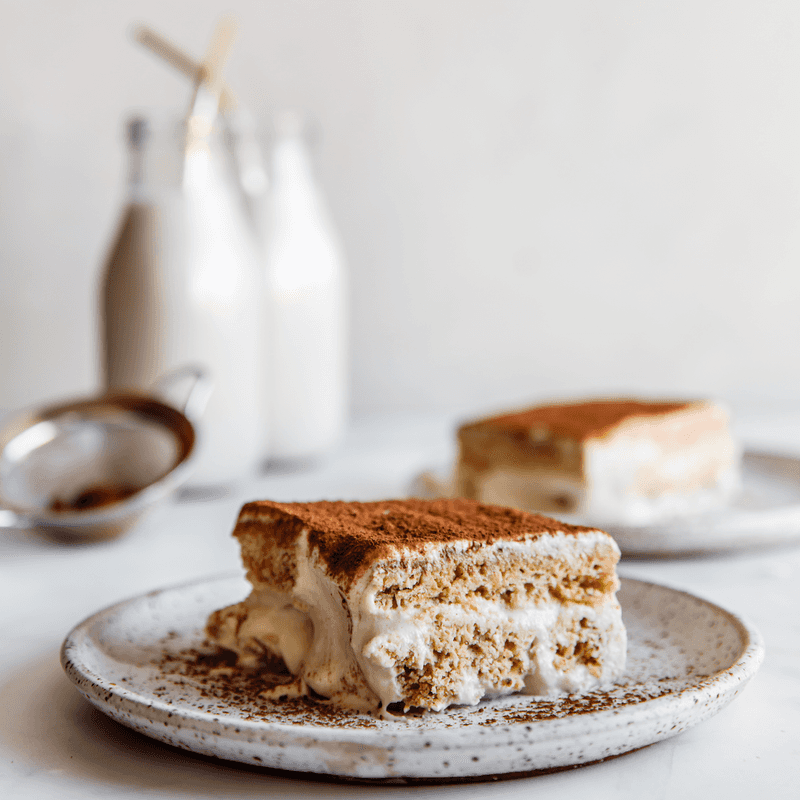
The name of this famous Italian dessert means “pick me up” or “cheer me up” – fitting for its coffee-infused layers. Ladyfinger cookies soaked in strong coffee form the base, while a mixture of mascarpone cheese, eggs, and sugar adds the creamy layers between. A dusting of cocoa powder on top adds a slight bitterness that balances the sweetness. Tiramisu is relatively new in the world of classic desserts, originating in the Veneto region of Italy in the 1960s. Modern variations might include fruit, chocolate shavings, or different liquids for soaking the ladyfingers. The better versions maintain a light, airy texture while delivering rich flavor.
9. Mexican Tres Leches Cake
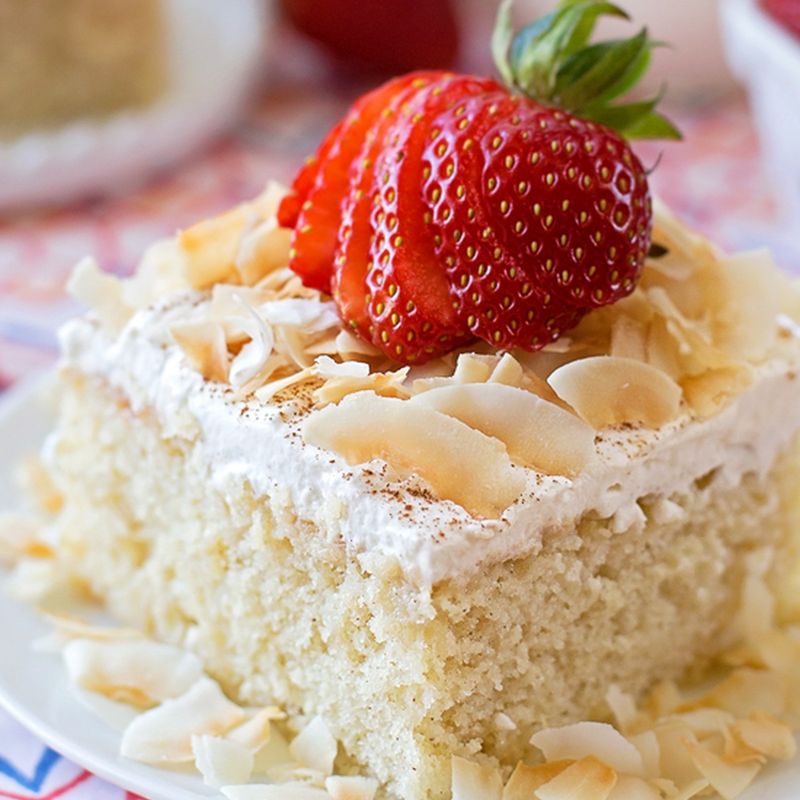
This moist sponge cake gets its name from the three milks used in its preparation: evaporated milk, condensed milk, and heavy cream. After baking a light vanilla sponge cake, bakers poke holes all over the surface and pour this milk mixture over it. The cake absorbs the liquid without becoming soggy. Instead, it changes into a dense, moist cake with a pudding-like consistency that still holds its shape when sliced. Topped with a cloud of whipped cream and sometimes fresh fruit, Tres Leches has become a staple at Mexican family gatherings and restaurants throughout Latin America.
10. Pavlova from Down Under
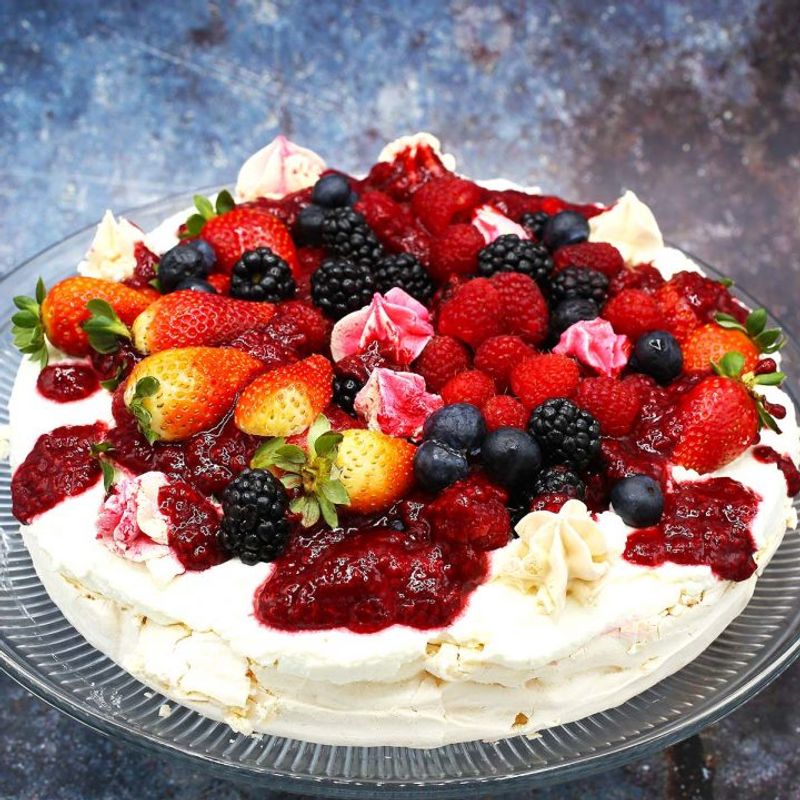
Named after Russian ballerina Anna Pavlova following her tour to Australia and New Zealand in the 1920s, this dessert remains a point of friendly rivalry between these two nations, with both claiming to have invented it. The base consists of a meringue made from whipped egg whites and sugar, baked until crisp on the outside but marshmallow-soft inside. The large meringue disc is typically topped with freshly whipped cream and an assortment of fresh fruits like kiwi, passion fruit, and berries. The contrast between the sweet, crunchy shell and the soft interior makes taste interesting. It’s a summer favorite in both countries.
11. Thai Mango Sticky Rice
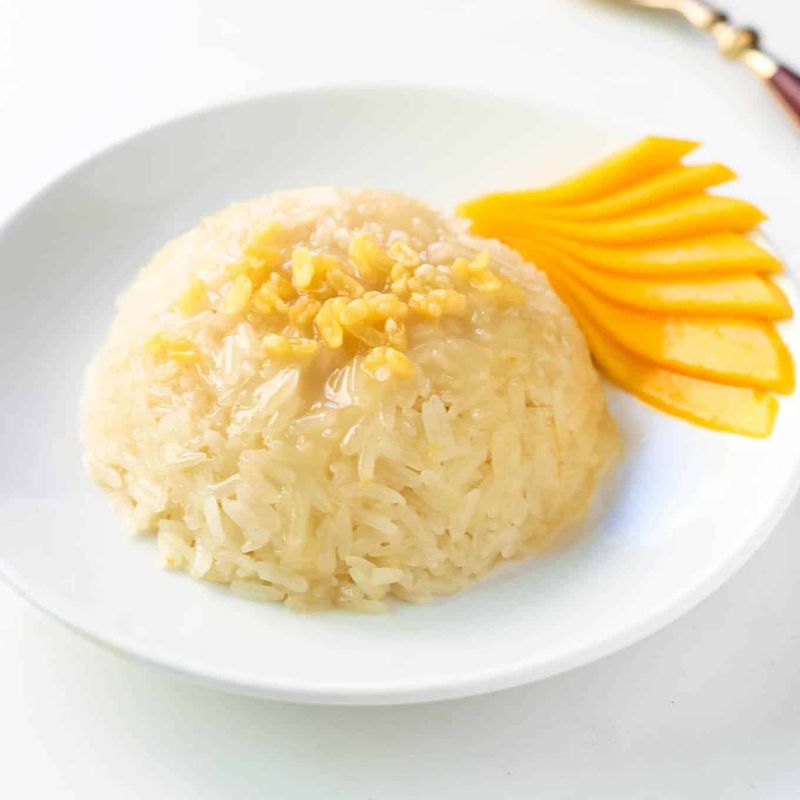
This simple yet satisfying Thai dessert combines just a few ingredients. Glutinous rice is steamed until tender and sticky, then soaked in sweetened coconut milk. The rice is served warm or at room temperature alongside ripe mango slices. The contrast between the sweet, sticky rice and the fresh, juicy mango makes a balanced dessert that’s not overly sweet. Sometimes topped with a drizzle of thickened coconut cream and a sprinkle of toasted mung beans or sesame seeds for added texture. Found at street food stalls throughout Thailand, it’s especially popular during months when mangoes are in season.
